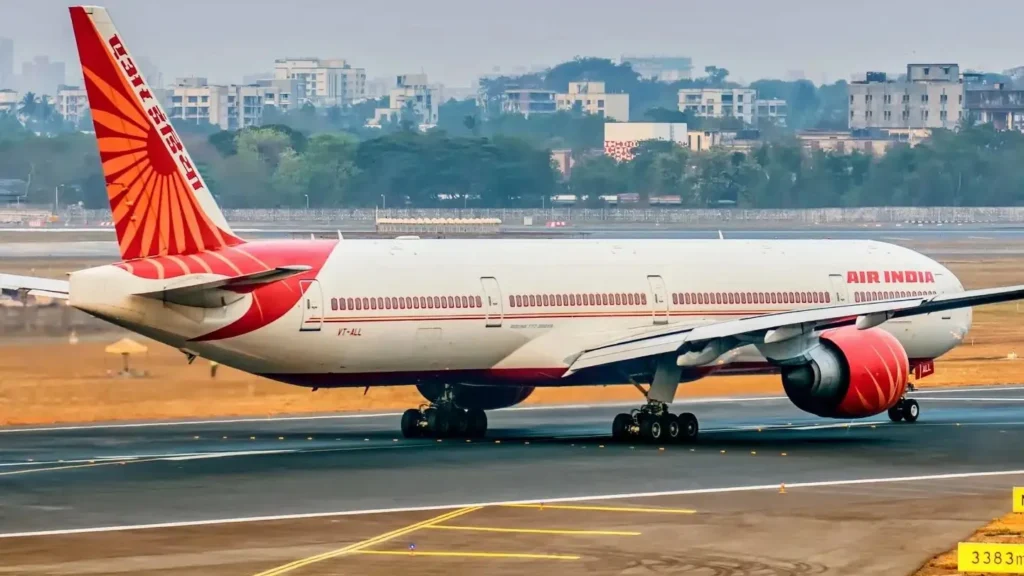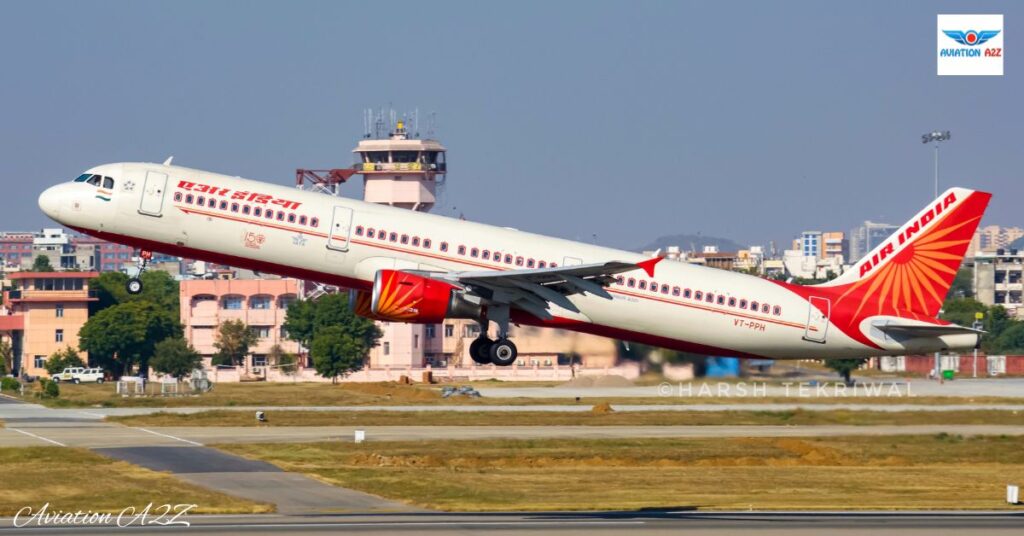Air India flight diverted after in-flight alert
An Air India flight from Thiruvananthapuram to Delhi turned into a tense and exhausting ordeal for passengers on Sunday night after a suspected technical issue and adverse weather conditions forced the aircraft to divert to Chennai.

Flight AI2455, an Airbus A320, took off from Thiruvananthapuram with hundreds of passengers on board, including several Members of Parliament. Among them was senior Congress leader K. C. Venugopal, who later described the journey as “frighteningly close to tragedy” in a social media post.
According to Venugopal’s account, what began as a delayed departure soon escalated into a series of alarming events. Shortly after take-off, the aircraft encountered significant turbulence. About an hour into the flight, the captain informed passengers of a “flight signal fault” and announced a diversion to Chennai for safety checks.
Circling in the skies over Chennai
On approach to Chennai, worsening weather conditions complicated the landing process. Passengers reported that the flight circled the city for nearly two hours, awaiting clearance to land.
The first landing attempt was aborted in a sudden “go-around” maneuver a rapid climb away from the runway. Venugopal claimed the move was prompted by another aircraft being on the runway at the time, though Air India later disputed this.
The Congress leader praised the captain’s swift reaction, saying it “saved every life on board.” However, he stressed that “passenger safety cannot depend on luck” and called for an urgent investigation by the Directorate General of Civil Aviation (DGCA) to ensure accountability and prevent similar incidents in the future.
Air India issues official statement
In its response, Air India clarified that safety was never compromised. The airline stated that the diversion was purely precautionary due to a suspected technical problem and adverse weather. The go-around maneuver, it explained, was instructed by air traffic control a standard safety procedure in aviation when conditions are not optimal for landing.

“Our pilots are well-trained to handle such situations,” the airline said in a statement. “They followed standard operating procedures throughout the flight, prioritizing passenger safety at all times.”
The aircraft successfully landed in Chennai at 10:35 p.m., more than two hours after its departure. After landing, passengers were informed that the aircraft would undergo a thorough technical inspection before resuming service. Alternative arrangements were made to transport affected travelers to their destinations.
Air India flight AI 2455 from Trivandrum to Delhi – carrying myself, several MPs, and hundreds of passengers – came frighteningly close to tragedy today.
What began as a delayed departure turned into a harrowing journey. Shortly after take-off, we were hit by unprecedented…
— K C Venugopal (@kcvenugopalmp) August 10, 2025
Passenger anxiety and growing scrutiny
While no injuries were reported, many passengers were visibly shaken by the incident. The combination of turbulence, a mid-air fault alert, and an aborted landing left several travelers anxious and eager for clearer communication from the crew during the ordeal.
The incident comes amid increasing public and regulatory attention on Air India’s operational reliability. In recent weeks, multiple flights have faced technical delays or in-flight issues, leading to calls for enhanced maintenance standards and more rigorous pre-flight checks.
Industry analysts point out that while diversions and go-arounds are routine safety measures in aviation, the combination of multiple factors technical alerts, poor weather, and high-profile passengers inevitably heightens public concern.
Weather challenges in South India’s air routes
August’s monsoon weather in southern India often brings unpredictable conditions for pilots, with heavy rains, strong crosswinds, and low visibility being common challenges. Aviation experts note that such weather can force sudden changes in flight paths or cause delays in landing clearance.
In the case of AI2455, Chennai was the nearest major airport capable of accommodating the diversion, and the decision to hold in the air before landing was in line with international safety protocols.
Air India’s assurance and the road ahead
Air India has reiterated that passenger safety remains its highest priority, emphasizing that its flight crew followed every required safety step during the incident. The airline has assured customers that a full investigation into the technical alert will be conducted and that findings will guide any necessary operational improvements.
The DGCA is expected to review the flight’s data and cockpit voice recordings as part of standard post-incident checks. Depending on the investigation’s outcome, recommendations could be issued to further enhance safety and communication procedures.Also Raed: iPhone 17 to Launch in September With Bigger Storage and a Price Twist
Conclusion:
For passengers aboard AI2455, what was meant to be a straightforward journey from Thiruvananthapuram to Delhi became an unforgettable and nerve-racking experience. While Air India maintains that safety was never at risk, the incident underscores the importance of vigilance, maintenance, and clear communication in aviation. For now, the airline’s focus will be on regaining passenger confidence and ensuring smoother skies ahead.

